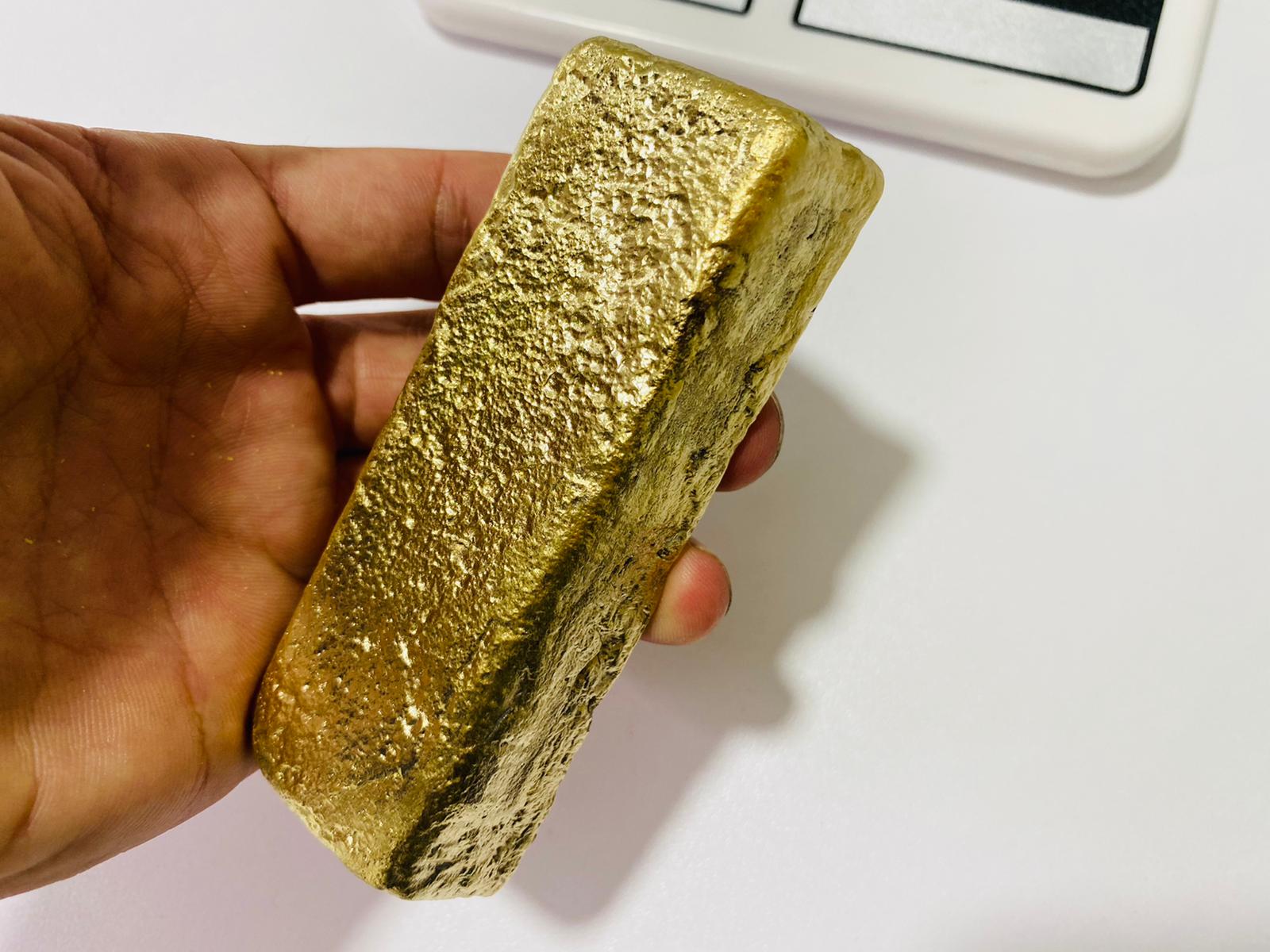
Nordic Gold—sounds like a treasure, right? But it’s not what you think. This unique material isn't gold at all. Instead, it's a special alloy used in coins, especially the euro. Composed of copper, aluminum, zinc, and tin, Nordic Gold offers durability and a golden appearance without the hefty price tag. Ever wondered why your euro coins don’t tarnish easily? That’s Nordic Gold at work! This alloy is not only cost-effective but also resistant to corrosion. Dive into these 50 fascinating facts about Nordic Gold and discover why it’s a favorite in coin minting.
Key Takeaways:
- Nordic Gold is a durable and cost-effective alloy used in coins, medals, and even musical instruments. Its unique properties make it a popular choice for various applications beyond just coinage.
- Despite containing no actual gold, Nordic Gold has a golden color and is resistant to corrosion and wear. It's used in euro coins and has been featured in the Olympics, making it a fascinating and versatile alloy.
What is Nordic Gold?
Nordic Gold is a metal alloy used primarily in coinage. It has a unique composition and interesting properties that make it a popular choice for various applications.
- Nordic Gold is an alloy made up of 89% copper, 5% aluminum, 5% zinc, and 1% tin.
- Despite its name, Nordic Gold contains no actual gold.
- The alloy was developed by the Swedish Mint in the 1980s.
- It has a golden color, which gives it a resemblance to real gold.
- Nordic Gold is primarily used for making coins, especially in Europe.
- The alloy is known for its durability and resistance to tarnishing.
- It is also resistant to corrosion, making it ideal for coins that circulate widely.
- Nordic Gold is non-magnetic, which helps in preventing coin fraud.
- The alloy is relatively inexpensive compared to precious metals like gold and silver.
- It is used in the euro coins, specifically the 10, 20, and 50-cent coins.
History of Nordic Gold
Understanding the history of Nordic Gold provides insight into why it was developed and how it has been used over the years.
- The Swedish Mint created Nordic Gold in 1982.
- It was developed as a cost-effective alternative to more expensive metals.
- The alloy was first used in Swedish coins before being adopted by other countries.
- Nordic Gold became widely known when it was chosen for the euro coins in 1999.
- The adoption of Nordic Gold for euro coins was due to its durability and cost-effectiveness.
- Before Nordic Gold, many countries used bronze or brass for their coins.
- The introduction of Nordic Gold helped reduce the cost of minting coins.
- It also improved the lifespan of coins in circulation.
- The alloy's resistance to wear and tear made it a popular choice for high-circulation coins.
- Nordic Gold has since been used in various commemorative and special edition coins.
Properties of Nordic Gold
The unique properties of Nordic Gold make it suitable for a variety of applications beyond coinage.
- Nordic Gold has a melting point of around 950 degrees Celsius.
- It has a density of 8.91 grams per cubic centimeter.
- The alloy is known for its excellent machinability.
- It can be easily stamped and engraved, making it ideal for detailed coin designs.
- Nordic Gold has a Brinell hardness of approximately 120 HB.
- The alloy's color remains stable over time, even with frequent handling.
- It is hypoallergenic, making it safe for people with metal sensitivities.
- Nordic Gold can be recycled without losing its properties.
- The alloy is also used in some jewelry and decorative items.
- Its non-magnetic nature makes it useful in electronic applications where magnetic interference is a concern.
Uses of Nordic Gold
While primarily known for its use in coins, Nordic Gold has several other interesting applications.
- Nordic Gold is used in the production of medals and awards.
- Some countries use the alloy for military insignia and badges.
- It is also used in the manufacturing of musical instruments, particularly brass instruments.
- The alloy's durability makes it suitable for use in public art installations.
- Nordic Gold is sometimes used in the automotive industry for decorative trim.
- It is also found in some types of industrial machinery.
- The alloy's resistance to corrosion makes it ideal for marine applications.
- Nordic Gold is used in some types of electrical connectors and terminals.
- It is also used in the production of some types of hardware, such as screws and bolts.
- The alloy's unique properties make it a popular choice for experimental and prototype applications.
Fun Facts about Nordic Gold
Here are some lesser-known and fun facts about this fascinating alloy.
- Nordic Gold was featured in the 2012 Summer Olympics medals.
- The alloy's name was chosen to reflect its Scandinavian origins.
- Some collectors specifically seek out coins made from Nordic Gold.
- The alloy's composition is similar to that of ancient Roman brass.
- Nordic Gold has been used in some limited-edition watches.
- The alloy's color can vary slightly depending on the exact proportions of its components.
- Some artists use Nordic Gold in their sculptures and installations.
- The alloy is sometimes used in the restoration of historical artifacts.
- Nordic Gold has been tested for use in space applications due to its durability.
- The alloy's unique properties continue to make it a subject of research and development in various fields.
The Final Nugget
Nordic Gold, a fascinating alloy, blends copper, aluminum, zinc, and tin. Used in euro coins, it’s known for its durability and golden appearance. Despite its name, it contains no actual gold. This alloy resists tarnish and corrosion, making it ideal for coins and jewelry. Its unique properties also make it hypoallergenic, perfect for those with sensitive skin.
Nordic Gold's history dates back to the 1980s when it was developed for the Swedish 10-krona coin. Since then, its popularity has grown, especially in Europe. It’s not just practical but also environmentally friendly, as it’s recyclable.
Understanding Nordic Gold gives insight into the materials we use daily. Next time you hold a euro coin, remember the blend of metals that make it special. This knowledge adds a layer of appreciation for the everyday objects often taken for granted.
Frequently Asked Questions
Was this page helpful?
Our commitment to delivering trustworthy and engaging content is at the heart of what we do. Each fact on our site is contributed by real users like you, bringing a wealth of diverse insights and information. To ensure the highest standards of accuracy and reliability, our dedicated editors meticulously review each submission. This process guarantees that the facts we share are not only fascinating but also credible. Trust in our commitment to quality and authenticity as you explore and learn with us.


